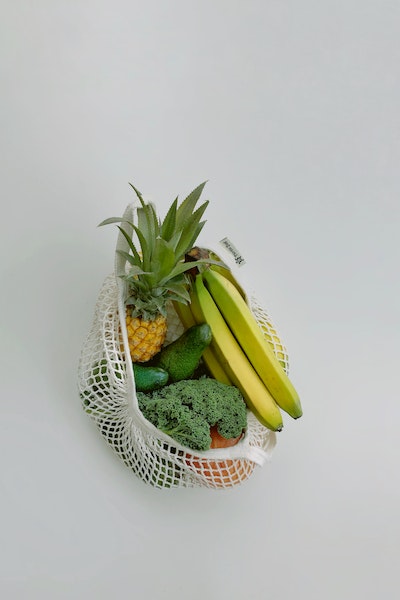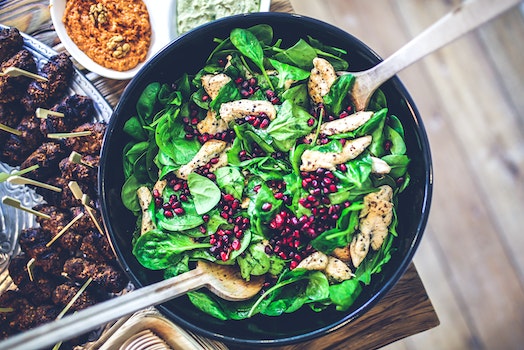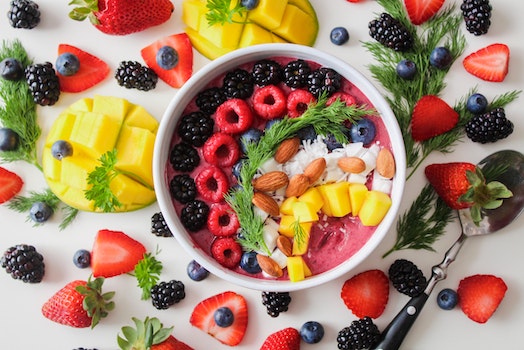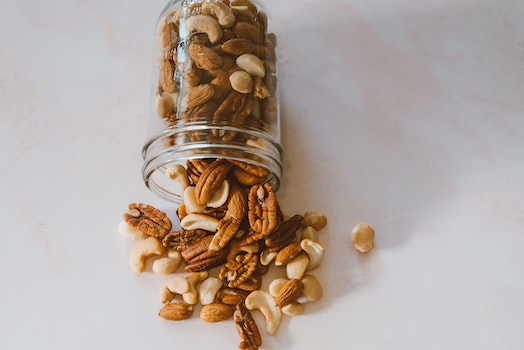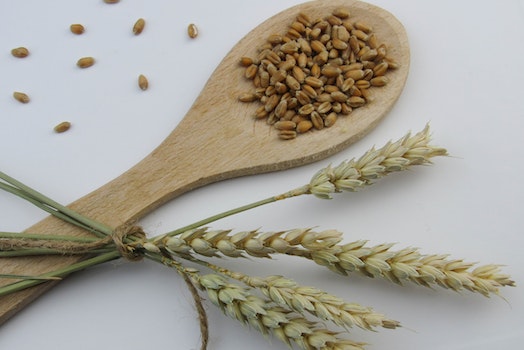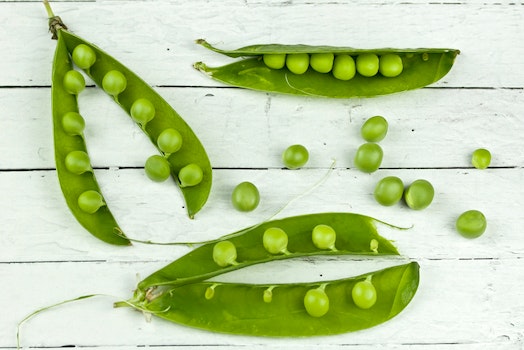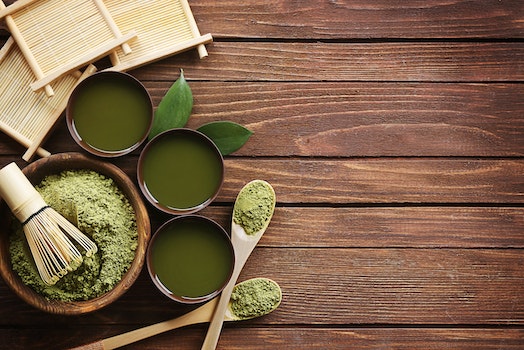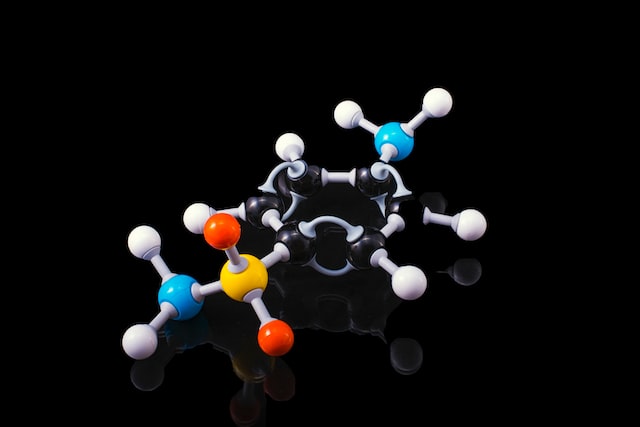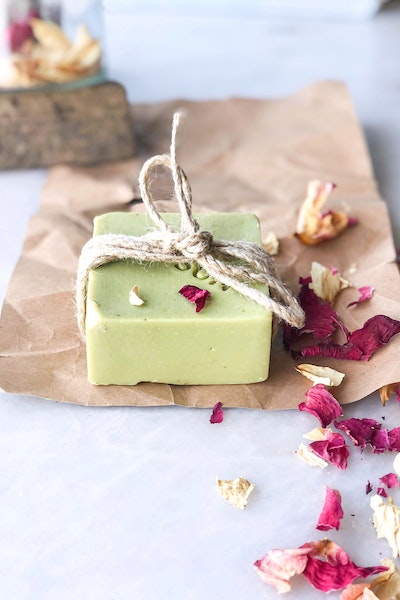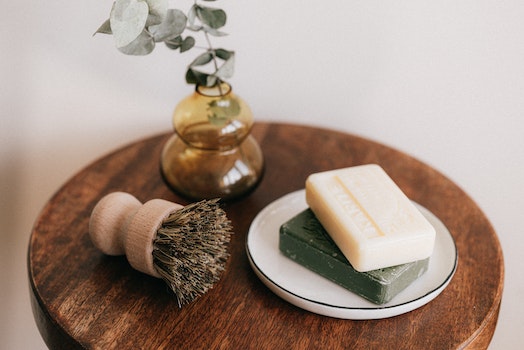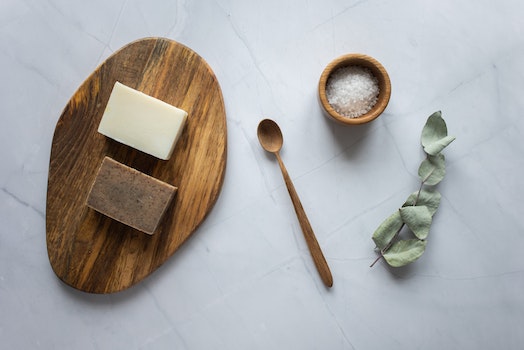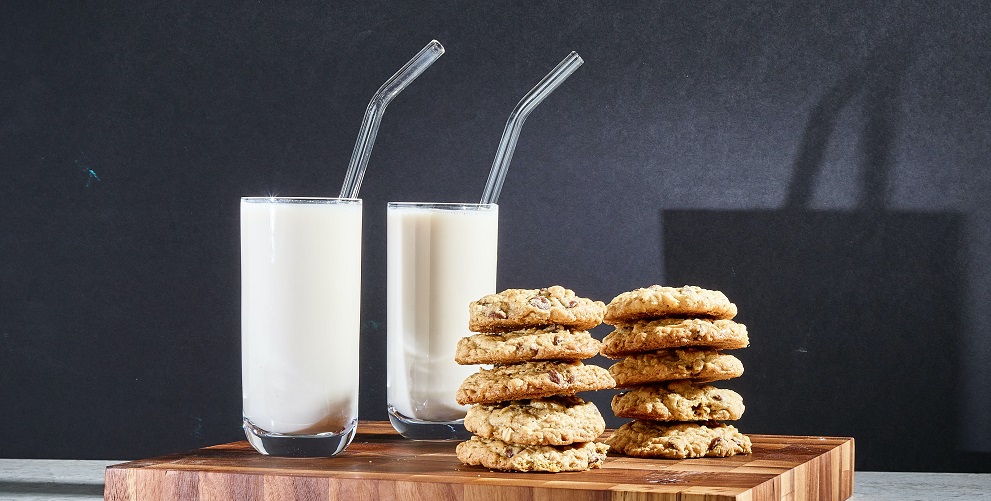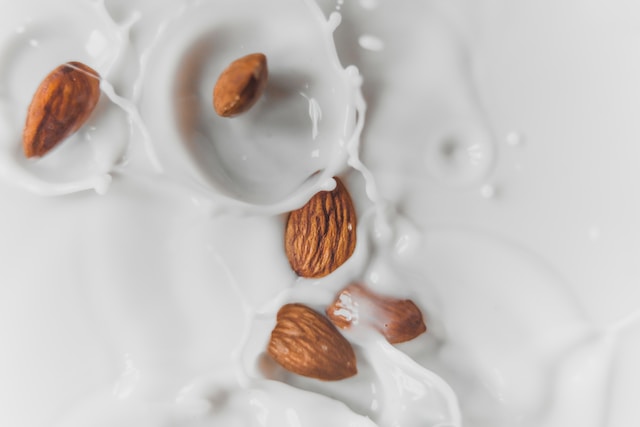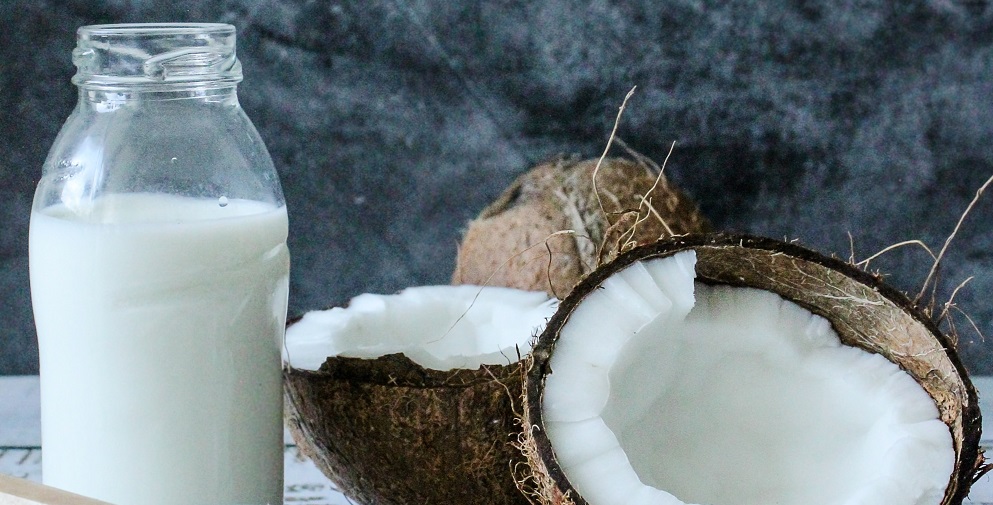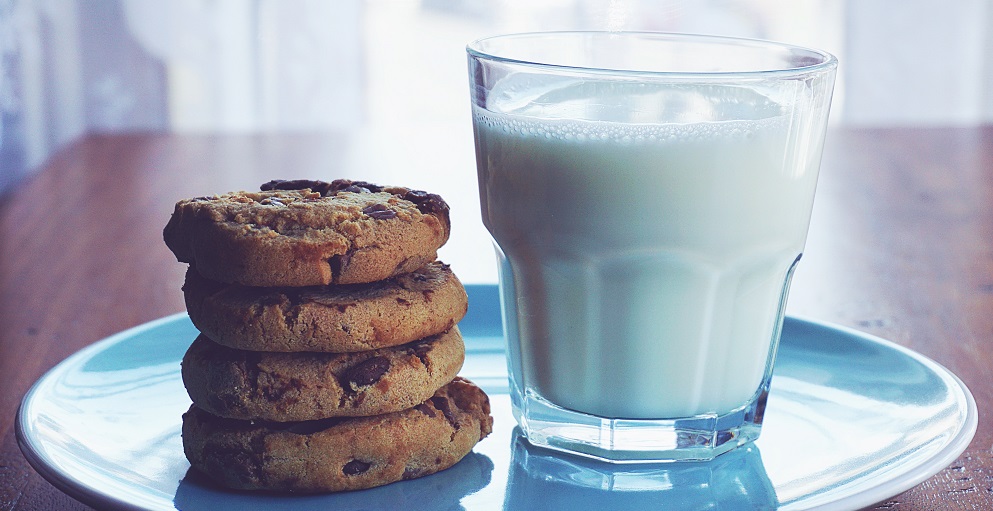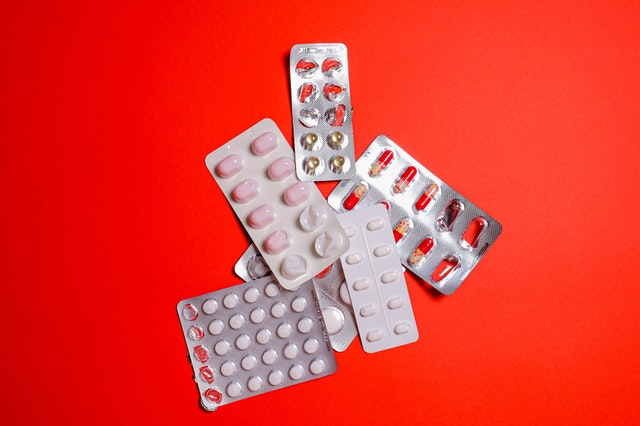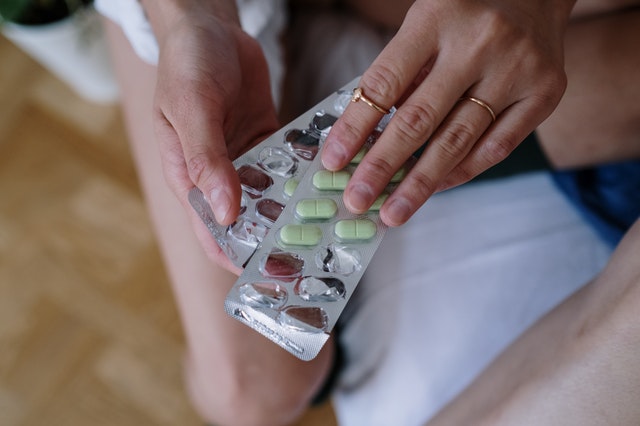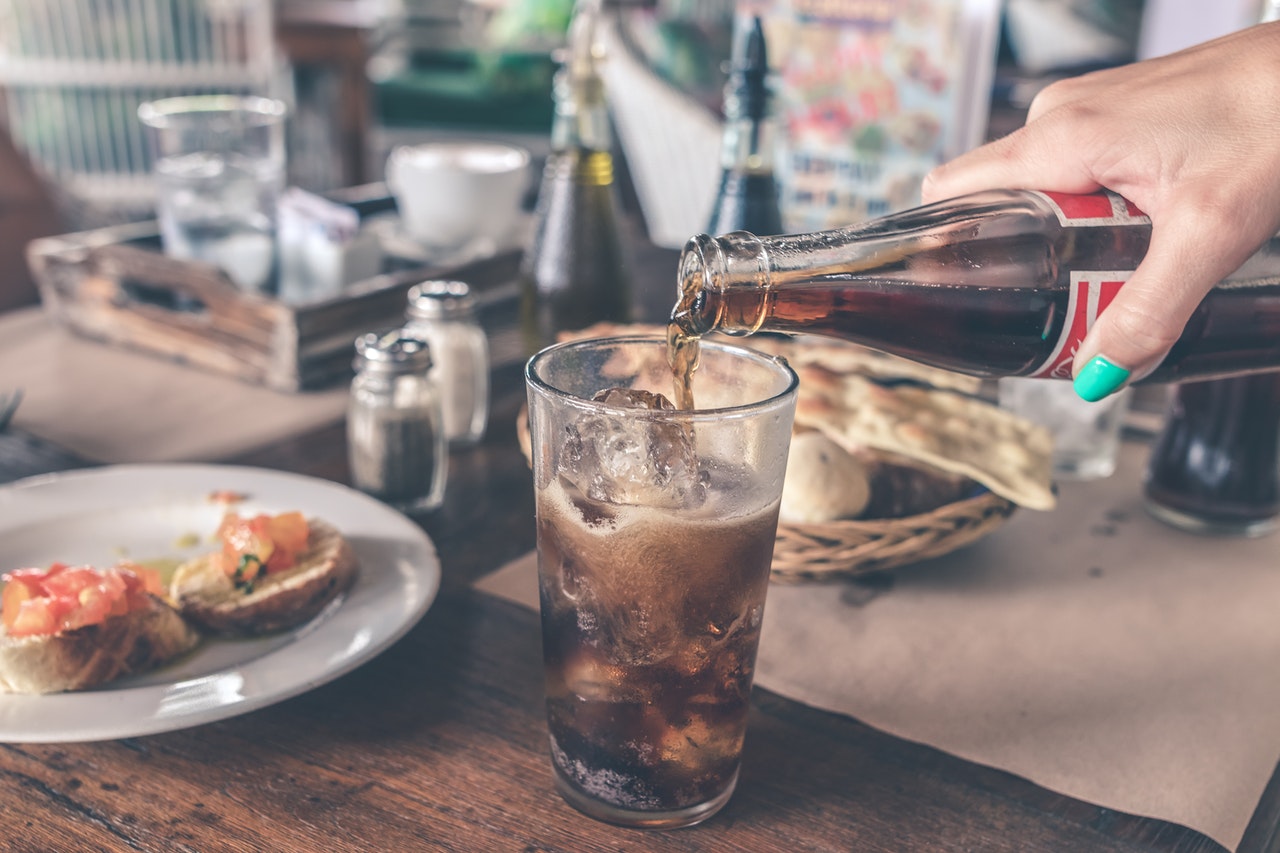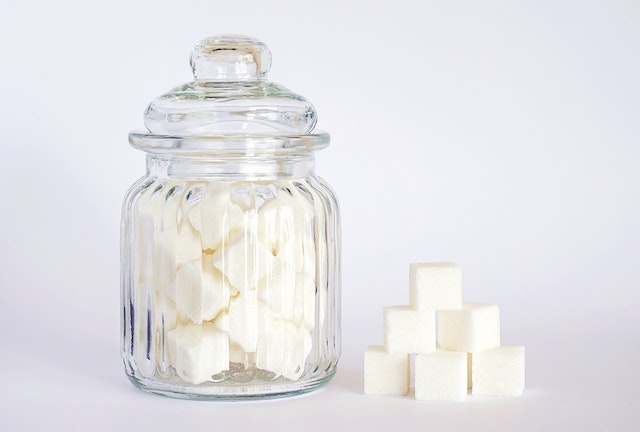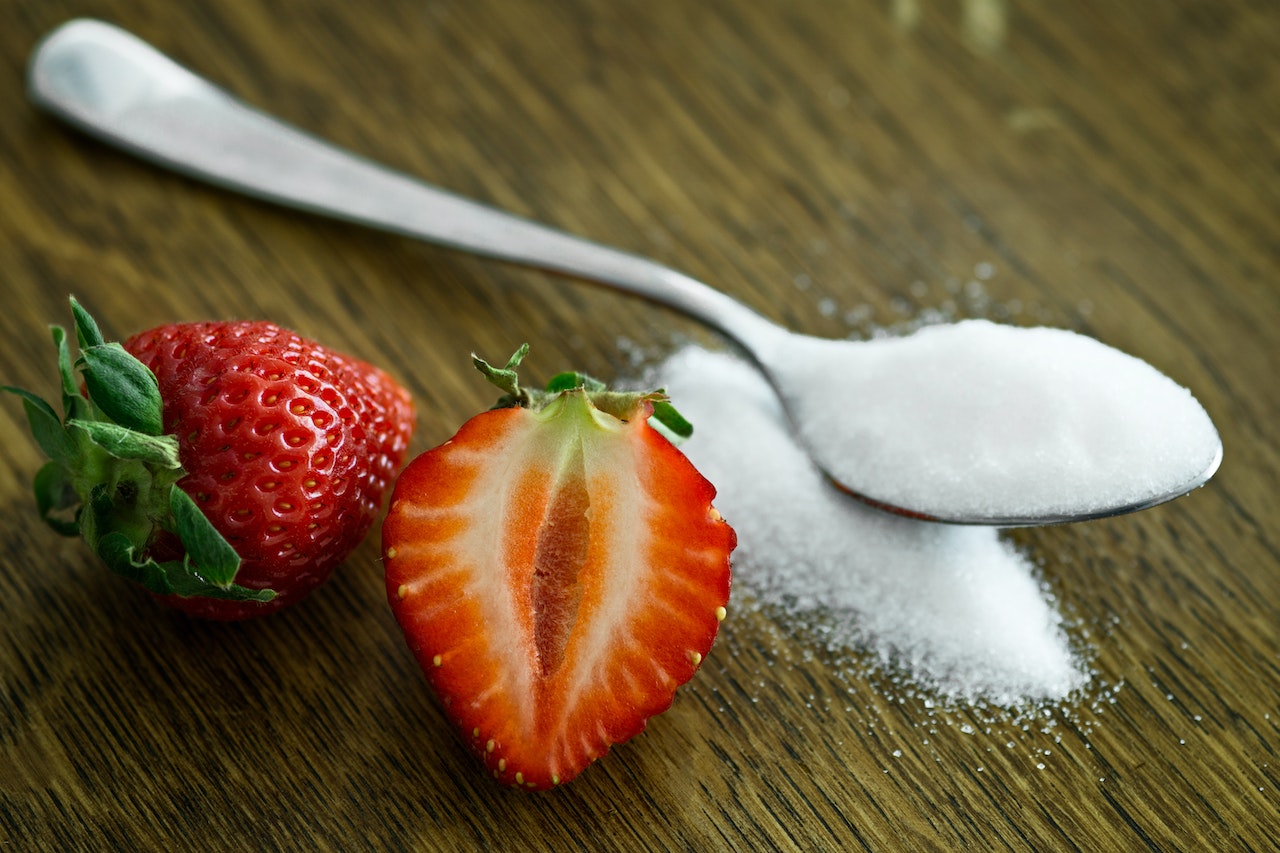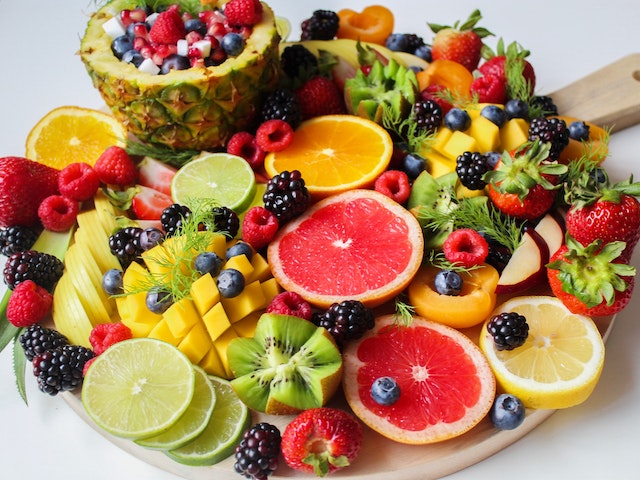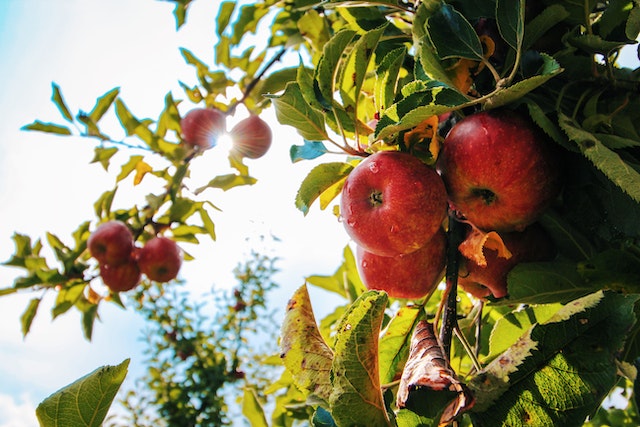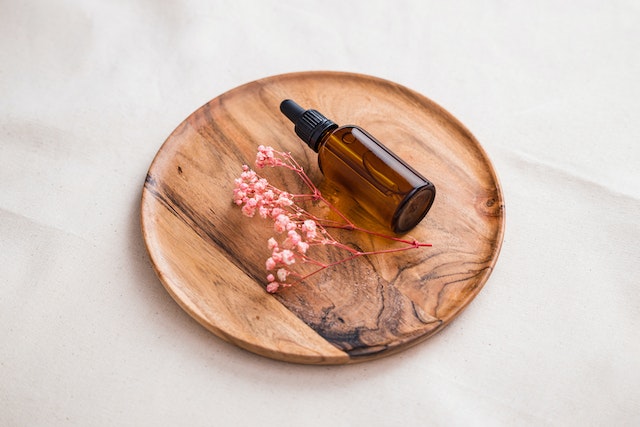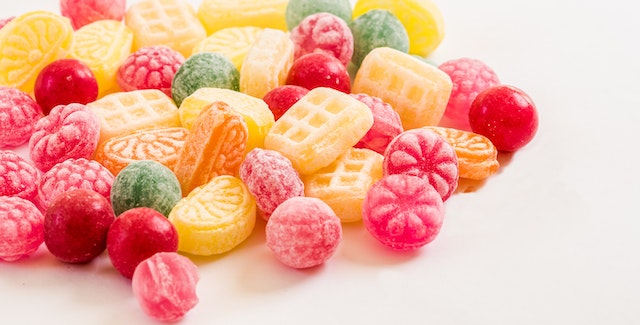Grocery shopping is an essential activity, but there are right and wrong ways to accomplish it. Most people know that shopping with a plan and on a budget is the best strategy for making the most of your weekly, bi-weekly, or monthly grocery jaunts. Still, some people need specifics about how to plan for a successful trip. They need help to simplify the grocery buying process.
Family planners seem like grocery gurus. They create a plan and execute it on a schedule with few, if any, variants. To be a shopping master, shoppers need discipline and a commitment to five techniques.
1. Stick to the List

The worst thing anyone can do is go to a grocery store without a list. Entering a market without a plan will lead to impulse buys, depleting your budget.
Every experienced family planner knows the grocery list is the law. Write a list of all essentials and wants when at home, and once at the store, do not deviate from the list.
Taking a military approach to shopping should have several benefits, including speed. People can shave precious minutes off their trip when they stick to their grocery list and ignore everything else.
2. Plan Meals and Snacks

Meal planning helps curb wasteful spending habits. Many families ignore the practice or use bare-bones planning strategies, such as only planning dinners. By avoiding thorough meal planning, a family likely spends money on food, snacks, and meals that will go to waste.
Effective meal planning involves creating a detailed meal schedule that includes main meals and snacks. Food budgets can go a long way when a family sticks to the plan.
3. Buy in Bulk (When It Makes Sense)

Big box retailers and membership warehouses often sell bulk merchandise. People find bulk buying tempting because of the implied savings, but not every offering is a saving.
Also, sometimes buying in bulk makes little sense. For example, how quickly can a single person go through gallons of mayonnaise? Only buy bulk items when there is value; usually, avoid purchasing perishable items this way.
Bulk paper products or dry goods sometimes make sense. However, always check the cost per unit to understand how much of a deal the store offers.
4. Limit the Number of Stores and Trips

Too many people run all over the place to shop for groceries, always chasing the best deals. Sometimes, visiting multiple stores is worth it, but most of the time, it isn't.
It's common for an area to have four or more grocery chains. If shoppers want to simplify their shopping, they should select one or two chains and stick to them.
5. Use Coupons Whenever Possible

There is no reason to become obsessed with couponing, but coupons provide significant value, especially to the frugal shopper. The best way to maximize savings is to have a coupon system.
The best shoppers will look through circulars when they receive them. They clip any coupons of interest and put them in their purse, pocketbook, or grocery list notebook. As the coupons expire, they cycle them out for new ones.
Grocery shopping will not always be fun, but it doesn't have to be a nightmare. Shoppers can simplify the entire process by organizing a list, creating meal plans, limiting stores and using coupons.


